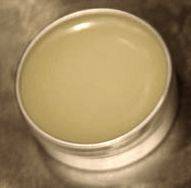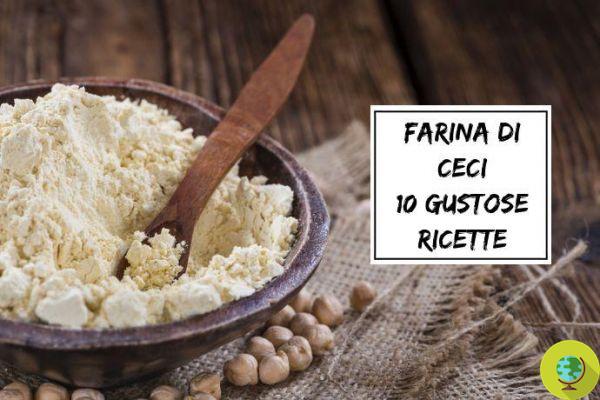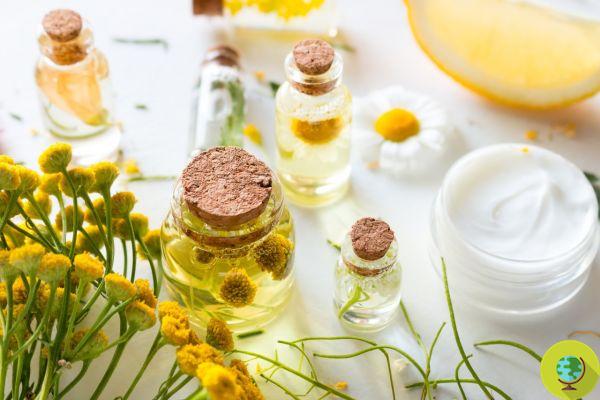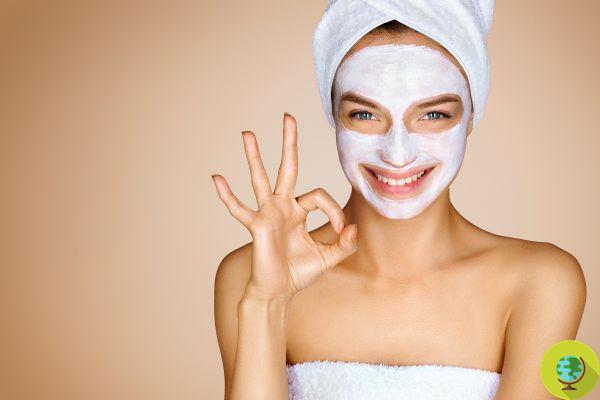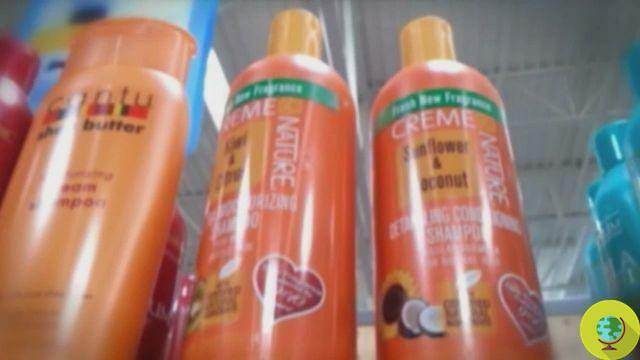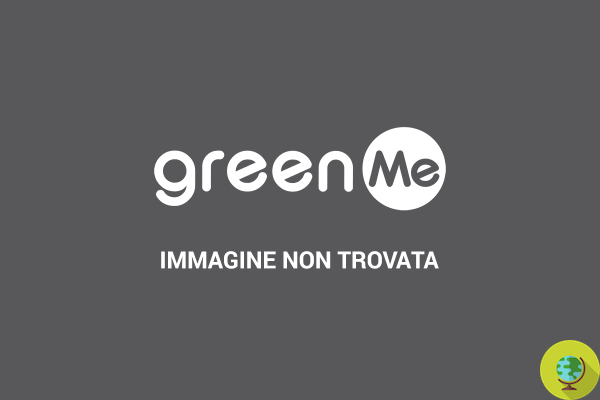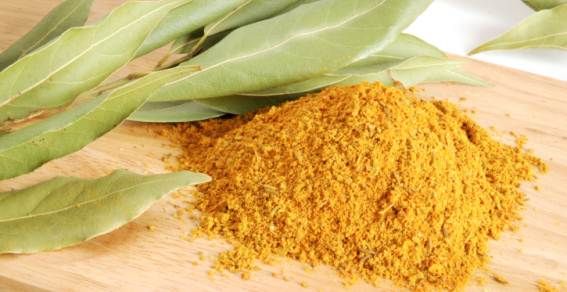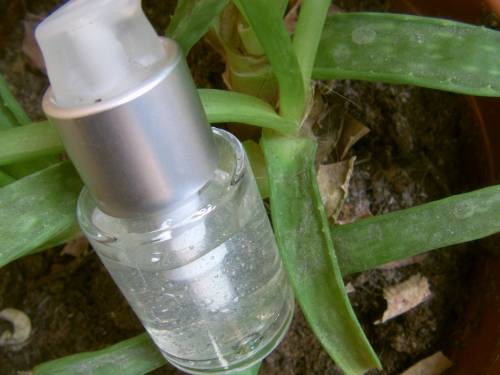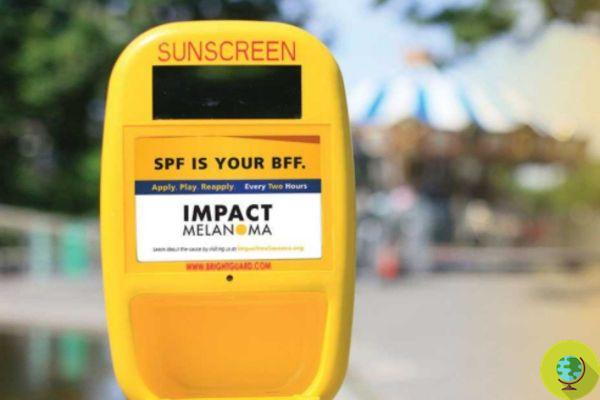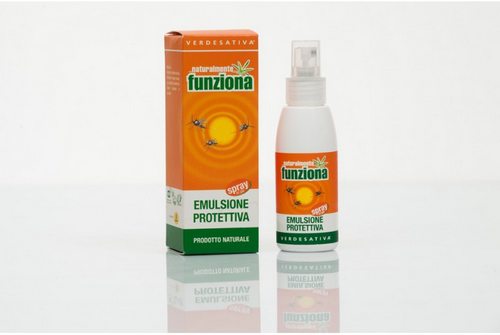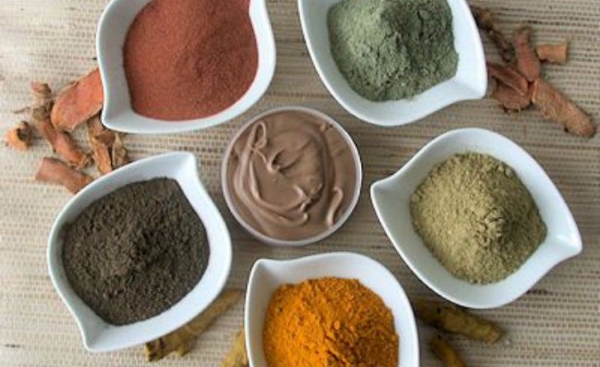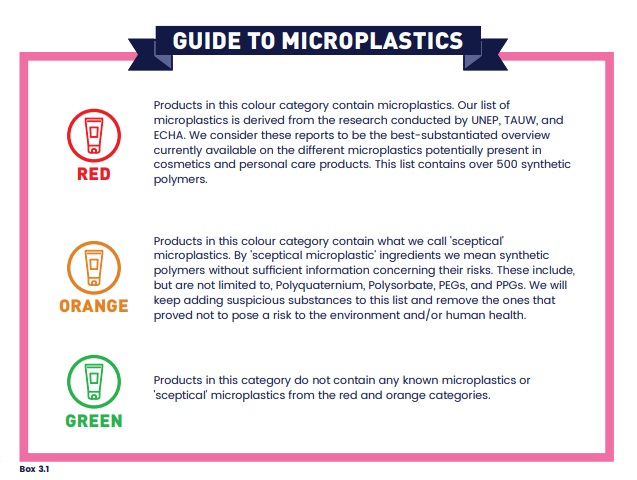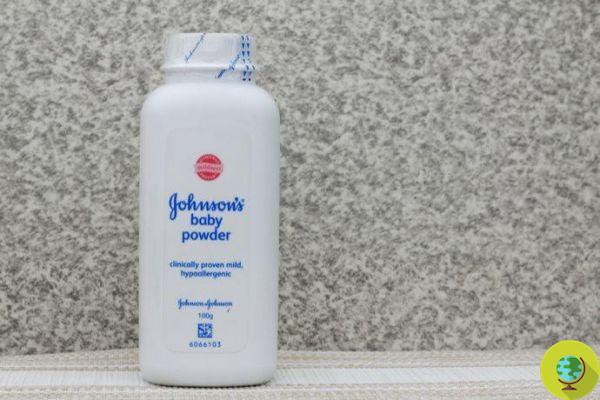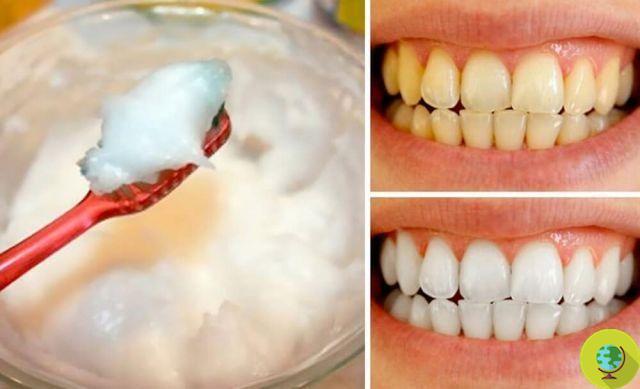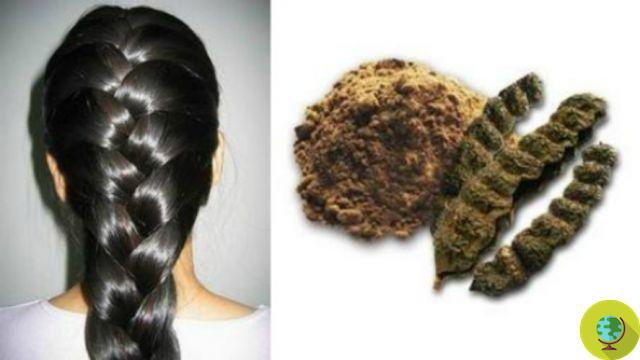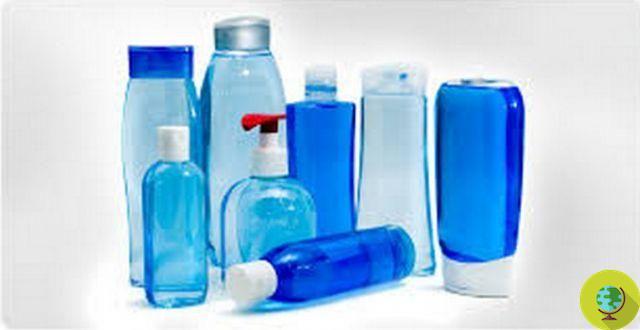
Here are 5 synthetic components that are rather discussed and that it would be preferable to keep out of the bathroom cabinet, perhaps always remembering, before purchase and use, to read the composition of the products shown on the labels
Don't store avocado like this: it's dangerous
Between creme, shampoo, gel douche, cosmetics e products of beauty various, the home bathroom is a real receptacle for chemical substances many of which prove to be harmful to our health or are the subject of controversy and debate among scholars.
After the list of 10 carcinogenic products to eliminate from our homes, here 5 synthetic components rather discussed and that it would be preferable to keep out of the bathroom cabinet, perhaps always remembering, before purchase and use, to read the composition of the products shown on the Labels and'PEARL.
Index
Parabens
I parabens are synthetic preservatives and antimicrobials used both in the cosmetic industry and in the pharmaceutical and food industries. They are particularly present in products that contain water - face creams, shampoo, toothpastes, tanning creams e deodorants - and are widely used, as they are considered harmless and well tolerated by skin.
However, a study conducted by the University of Reading in 2004 raised a disturbing hypothesis, raising the suspicion that parabens contained in deodorants can contribute to the development of breast tumors. The results of the study showed that in the 20 samples taken from women with breast cancer examined, 18 showed high traces of parabens. Research suggests that the carcinogenic power of parabens is to be attributed to themability to behave like estrogen, hormones naturally produced by the female body in the years from puberty to menopause and which, if taken in large quantities, can facilitate the proliferation of cancer cells. As far as the link between parabens and tumor is for now only hypothesized and you do not find the researchers agree, many companies have begun to advertise and market products that do not contain them.
Phthalates
- phthalates are chemical compounds for industrial use, employees like plasticizing agents and how solvents and also used in the production of varnishes and enamels for the nails. Since 2003 some studies have reported a correlation between phthalates and a number of disturbances in the development of the genitals and in the maturation of the testicles in males. It is therefore advisable to be careful and avoid contact with this type of substance, especially if you are pregnant.
Sodium lauryl sulfate
Il sodium lauryl sulfate it's a detergent with a foaming effect, used both in industrial processing and for the production of soaps, shampoo egel douche. May cause skin irritations, determining canker sores e dermatitis. However, it is not clear whether it is a carcinogen: theAmerican Cancer Society argues that the substance becomes dangerous only at high concentrations, higher than those commonly used in cosmetics.
Diethanolamine (DEA) e Triethanolamine (TORCH)
Diethanolamine e triethanolamine are organic compounds used in the production of shampoos and foams to give the compounds a creamier appearance. Triethanolamine is also used as rebalancer of the Ph. These are substances accused of determining allergic reactions e dryness of the skin and scalp. Also, like other amines, diethanolamine and triethanolamine can produce nitrosammine, organic carcinogenic compounds. However, given that DEA and TEA are present in cosmetics in minimum percentages, the probabilities that they originate nitrosamines are considered very low (although not nil).
Urea in Diazolidinyl e urea di Imidazolidinyl
THEurea in Diazolidinyl andurea di Imidazolidinyl are synthetic preservatives commonly used in the cosmetic industry in skin creams, sun creams, shampoo e balm. They release formaldehyde, a bactericide inserted since 2004 in thelist of carcinogenic substances drawn up byInternational Agency for Research on Cancer, and they can cause dermatitis e allergic reactions.
When in doubt about the real danger of these chemical components, the only advice that can be given to consumers is to always pay attention to the labels, trying to choose as much as possible natural products and organic, and perhaps to try, when possible, in the so-called grandmother's remedies and in do-it-yourself.
Read also the 7 cosmetics that we could easily do without
Also read about the more toxic ingredients contained in cosmetics








